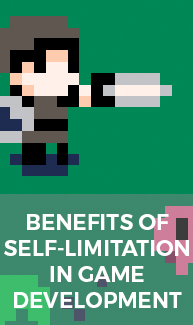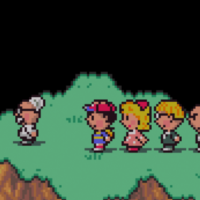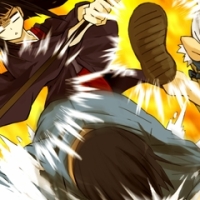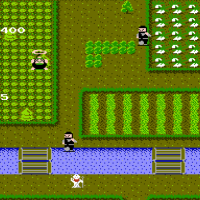
Wily & Right no RockBoard: That’s Paradise
Developer: Capcom
Publisher: Capcom
Platform(s): Famicom
Release Date: 15th January 1993 (Japan exclusive)
It seems that these days, almost every major franchise has taken the opportunity to trade their usual fanfare in favour of dice rolls and game boards. Undoubtedly the most well-known instance of this peculiar trend is the Mario Party series, which kicked off on the Nintendo 64 and has been going ever since. More recently, even Animal Crossing has seen the unexpected conversion to board game format, a choice questioned by many, but one made nonetheless.
When you consider the current state of the Mega Man franchise, one which some fans consider to be quite dire, (few recent releases and a number of cancelled titles has created a rather dubious future for the Blue Bomber) it would likely come as a surprise to hear that a party game entry to the franchise had both come and gone with little fanfare, not held in the limelight by those longing However, Wily & Right no RockBoard is truly one for the die-hard fans; if the line ‘Mega Man Business Simulation’ gets you excited, then I’m probably talking about you.

In theory, a Mega Man board game could work quite well; take the concept behind any traditional party game with themed game boards and fun mini-games, give it a Mega Man skin and voila, you’ve made something that quite a few people will likely enjoy. In some ways, this is exactly what RockBoard does, but this is before the days of the party video game as we know it, so rather than adopting that now traditional formula we are instead presented with a traditional board game (you know, those ones with an actual board and little pieces? Remember them?) in the vein of Monopoly or The Game of Life.

Now on first impressions, that probably doesn’t sound so bad! It’s probably a safe bet that all of your favourite Mega Man characters will be in here, right? Well I sure hope that you like scientists and their daughters, because they’re the stars of the show! The game’s playable characters consist of the three scientists, Cossack, Light and Wily, as well as Kalinka and Roll, their respective daughters (if you can call Roll a daughter, she’s not exactly human!). Each character has a goal that they seek to achieve, ranging from world domination to ‘becoming a real princess’ and in turn the buildings they construct on each square differ accordingly. It has to be said, this is an original idea and one that was likely able to happen due to the game’s release during the height of Mega Man‘s popularity in Japan, but I can’t help but question if a Mega Man party game lacking playable Robot Masters would be able to exist today.

Strictly speaking, a handful of Robot Masters are playable, but only through the use of a particular tile on the game board. By landing on said tile, your character transforms into a Robot Master, providing you with a temporary effect that help you get the upper hand on your opponent; for instance, transform into Guts Man and your rivals buildings will be downgraded, making them less valuable when stepped on. The rest of the more memorable Mega Man characters, including the titular protagonist himself, are reduced to appearances as ‘cards’ which you draw when landing on a specific tile and again, provide specific effects which work either for or against you. Robot Masters appear in the form of ‘Boss Cards’, with Mega Man himself and his prototype brother Protoman appearing as cards that can defend against the ‘Boss Card’ effects. Its an interesting and unique system, but certainly not the way you’d expect the protagonist to show up. At least this way you don’t have to fight over who gets to play as him!

In a party game, the boards are often the most important part, even more so than the characters. RockBoard features four different boards, each sporting a different environmental theme that supposedly intend to represent four of the earth’s continents. Each board features a variety of unique effect tiles, but unfortunately they hardly differ visually, bar from a general colour scheme change. This doesn’t seem like a huge deal, but the game suffers from a lack of variation as a result.

Luckily, one of the game’s benefits is that its various win conditions mean that the game keeps up a much faster pace than something like Monopoly, meaning that it doesn’t feel too monotonous when actually playing against other people. Playing against the CPU is a different story altogether; this is a game where you truly have to create your own fun and watching simulated opponents is certainly anything but. This isn’t even like Mario Party where you play mini-games against the CPU though; you literally watch the computer spend money and construct buildings. There are a generous amount of options for player numbers, but I’d make sure you’ve got an actual party of human players if you’re going to attempt this one. The game even offers you the ability to watch four CPU players go against each other, which arguably could be used as a form of torture.

RockBoard has some unique ideas; it executes some of them well, but ultimately it just isn’t fun or exciting enough to function well as a good party game. Its safe to say that a game like this probably couldn’t have been created today, but there’s no reason a Mega Man party game couldn’t be a potential title to give the Blue Bomber some much needed time in the limelight; it’s not ideal, but at this point, surely it’s better than nothing?

















